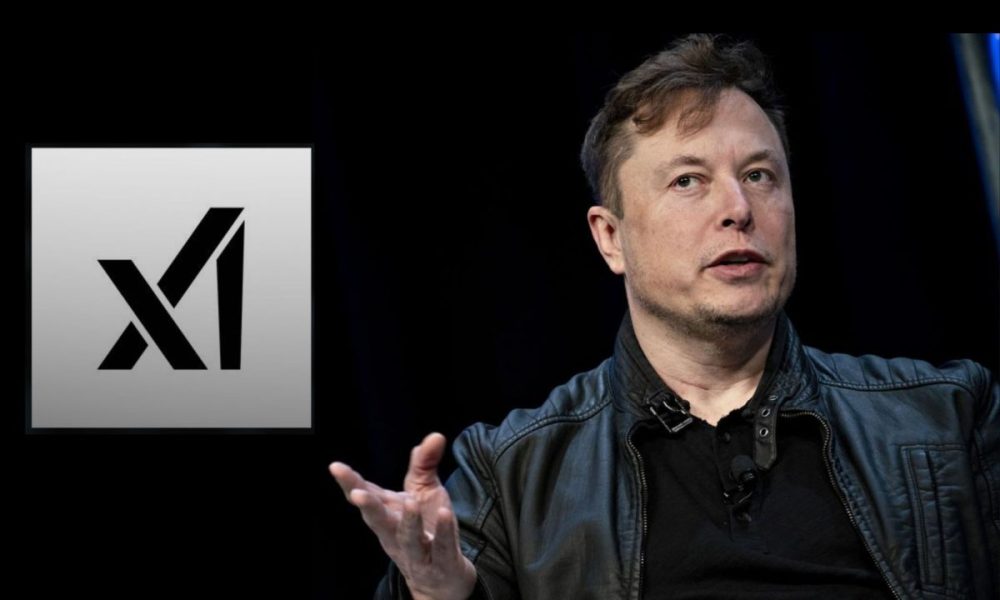In the rapidly evolving landscape of artificial intelligence (AI) and automation, strategic partnerships and competitive dynamics are becoming increasingly important. Recently, Elon Musk’s xAI filed a lawsuit against Apple and OpenAI, accusing them of stifling competition through an exclusive partnership. This case highlights a broader issue relating to how dominant players manage their ecosystems, potentially dictating the trajectories of AI advancements. Thus, it prompts a closer examination of various AI and automation platforms, their comparative strengths and weaknesses, as well as the choices that SMB leaders and automation specialists must navigate.
One notable comparison in AI platforms is between OpenAI and Anthropic. OpenAI has garnered significant attention for its advanced generative AI capabilities, particularly through models like ChatGPT. The platform benefits from a robust community and a wealth of data derived from extensive user interactions. This not only accelerates innovation but also enhances the user experience, allowing businesses to create more sophisticated applications. However, its perceived centralization raises concerns about monopolistic tendencies, as Musk’s lawsuit illustrates. By integrating into incumbent tech platforms like Apple’s ecosystem, OpenAI risks locking out emerging competitors.
On the other hand, Anthropic presents an intriguing alternative. Founded by a group of former OpenAI employees, Anthropic emphasizes safety and ethical considerations in its model development. For organizations prioritizing alignment with ethical AI deployment, this could represent a compelling choice. The trade-off may come in terms of the maturity of the platform; while Anthropic’s offerings are gaining traction, they may not yet match OpenAI in terms of market penetration or breadth of functionalities. SMB leaders should consider their organizational needs—whether innovation speed or ethical alignment is the priority—as they evaluate these two prominent players.
When assessing automation platforms, the competition between Make and Zapier also illustrates significant differences. Zapier has built its reputation on ease of use and compatibility with a vast number of applications, enabling seamless integrations for many businesses. This versatility makes it an appealing option for SMBs looking to automate workflows quickly without significant upfront investment. However, its cost can accumulate as integrations scale, leading to concerns about long-term ROI.
Conversely, Make offers a more powerful, albeit complex, automation suite. It provides advanced capabilities that can cater to more specialized or intricate workflow requirements. For businesses with specific operational demands, the return on investment may justify the steeper learning curve and pricing model. SMB leaders must evaluate their existing processes to determine which platform aligns best with their technical capacity and operational workflow demands, especially as they scale.
The scalability of both AI and automation solutions is a pivotal consideration for decision-makers. OpenAI’s partnerships, such as that with Apple, may initially offer scalability benefits by leveraging existing infrastructures, but they can introduce complexities that cloud competitive advantages. Conversely, a more open approach like that suggested by Anthropic or alternative tools may better accommodate rapid scaling for diverse applications, as long as leaders nurture integration with other platforms.
In terms of costs, initial outlays for AI and automation tools can vary widely. OpenAI may present lower entry costs but could escalate as organizations expand their use cases; software licensing and data consumption fees are common pitfalls. Similarly, Zapier’s incremental pricing strategy can lead to hidden costs if businesses fail to monitor their usage, potentially impacting overall ROI assessments.
Effective ROI analysis in these contexts relies on a well-defined understanding of expected outcomes and operational metrics. Whether it’s enhanced operational efficiency from automation tools or improved customer engagement through AI, leaders must establish clear KPIs tied to their investment values. This will not only assist in validating expenditures but will also aid in making data-driven decisions amid competitive pressures.
The recent legal actions between key players like xAI, Apple, and OpenAI serve to illuminate the complexities facing SMBs as they adopt AI solutions and automation strategies. Companies are increasingly operating within ecosystems that can stifle competition and dictate market trajectories, making it critical for them to navigate choices judiciously.
To summarize, the interplay between leading AI and automation platforms necessitates careful analysis by SMB leaders. Understanding the dimensions of each tool — including strengths, weaknesses, integration capacities, and long-term ROI — will inform optimized operational strategies. As the marketplace continues to evolve with legal and ethical considerations unpicking the fabric of AI innovation, organizations must remain agile and strategic in their approaches.
FlowMind AI Insight: As competition intensifies in the AI and automation sectors, SMB leaders must stay acutely aware of the implications of partnerships and the evolving landscape. This requires not only a clear strategic vision but also an understanding of how best to leverage available platforms for sustainable growth and operational effectiveness.
Original article: Read here
2025-08-27 01:25:00

